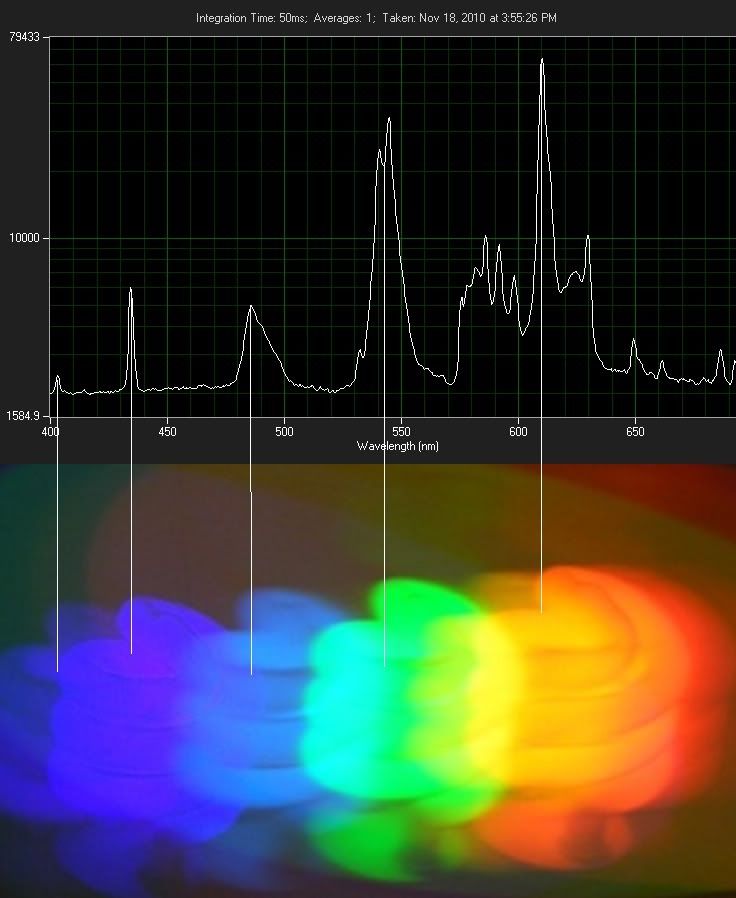qumefox
0
- Joined
- Mar 26, 2010
- Messages
- 3,221
- Points
- 63
You misinterpret what i'm saying. My gripe is against people whining about prices. Not that 'spectrometers shouldn't be cheap' Whining about prices accomplishes nothing. Period.
What i'm arguing however, is that spectrometers are pretty much out of the DIY realm due to the complexity.. Building one using a raw linear CCD which is what the science surplus units, as well as the ocean optics units use) is pretty much the equivalent of building a USB camera from scratch starting with a CCD.. It's possible for individual to do yes, but the time, and materials cost makes that $500 science-surplus one look a whole lot more attractive. Unless your retired or rich with nothing else to do with your time I guess. I unfortunately fall in neither of those categories.
Some people do have that kind of time, finances, and skill. Yes.. But the vast majority of people on this forum don't.
Though the people with the kind of time, finances, and skill to DIY a spectrometer also AREN'T the types to bitch about how much the ones available cost, either..
What i'm arguing however, is that spectrometers are pretty much out of the DIY realm due to the complexity.. Building one using a raw linear CCD which is what the science surplus units, as well as the ocean optics units use) is pretty much the equivalent of building a USB camera from scratch starting with a CCD.. It's possible for individual to do yes, but the time, and materials cost makes that $500 science-surplus one look a whole lot more attractive. Unless your retired or rich with nothing else to do with your time I guess. I unfortunately fall in neither of those categories.
Some people do have that kind of time, finances, and skill. Yes.. But the vast majority of people on this forum don't.
Though the people with the kind of time, finances, and skill to DIY a spectrometer also AREN'T the types to bitch about how much the ones available cost, either..





